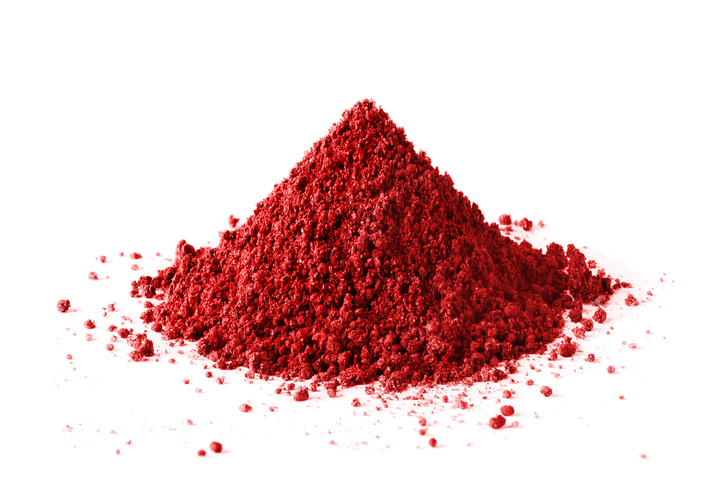
Selenium is a chemical element with symbol Se and atomic number of 34. It is an odourless metalloid (an element which has both metallic and non-metallic properties). It is a solid that can be grey ‘metallic’ (its most stable form), red or black. In nature selenium is usually combined with sulphide minerals or with silver, copper, lead, and nickel.
Selenium has good photovoltaic and photoconductive properties, meaning it is very effective at absorbing light and turning it into electricity. It is used extensively in electronics, such as photocells, light metres and solar cells for these reasons. The second largest use of selenium is in the glass industry; selenium is used to remove colour from glass and to give a red colour to glasses, ceramics and enamels. The third largest use is in sodium selenite for animal feeds and food supplements. Additionally, selenium can find applications in; photocopying, metal alloys and in some anti-dandruff shampoos.
The routes of exposure for selenium include; inhalation, ingestion and skin and eye contact.
Inhalation of selenium through normal handling, may produce respiratory discomfort and occasionally, distress. People with already compromised respiratory function (conditions such as emphysema or chronic bronchitis), may suffer further disability upon inhalation. Inhalation of freshly formed metal oxide particles may result in “metal fume fever” Symptoms of this may be delayed for up to 12 hours and may include; sudden thirst, a metallic or foul taste in the mouth, upper respiratory tract irritation and a cough.
Animal experiments indicate that ingestion of less than 40g of the chemical may prove fatal or cause very serious harm to your health. Selenium poisoning causes; nervousness, convulsions, drowsiness, headaches and in extreme cases, death from respiratory depression. There are other physical signs of selenium poisoning and they can appear in; skin eruptions, discolouration of teeth, garlic smelling breath and partial loss of hair and nails. Accidental exposure of several female laboratory workers resulted in several miscarriages, suggesting that the neonatal deaths were a result of the exposure to selenium.
Skin contact to selenium is not thought to produce harmful health effects, however, open wounds or cuts can lead to the chemical entering the bloodstream which may produce more harmful health effects as a result.
Direct eye exposure to the chemical may cause temporary discomfort with mild symptoms including; discomfort, redness and tearing.
If selenium is inhaled, remove the patient from the contaminated area to the nearest fresh air source and monitor their breathing. Lay them down and keep them warm and rested. If the patient is not breathing and you are qualified to do so, perform CPR. Seek medical attention without delay.
If swallowed, a dose of at least 3 tablespoons of activated charcoal in water should be taken. Vomiting may be recommended but is generally avoided due to the risk of aspiration, however if charcoal is unavailable, inducing vomiting is the answer. Seek medical attention without delay.
If skin exposure occurs, remove all contaminated clothing, footwear and accessories and cleanse the affected area with plenty of soap and water. Contaminated clothing should be washed prior to wearing again. Seek medical attention if symptoms persist.
If the chemical is exposed to the eyes, flush the eyes out immediately with fresh running water for at least 15 minutes, remembering to wash under the eyelids. Removal of contact lenses should only be done by a skilled individual. Seek medical attention without delay.
Emergency eyewash fountains should be accessible in the immediate area of the potential exposure to the chemical and there should always be adequate ventilation (install local exhaust if necessary).
The PPE recommended when handling selenium includes; safety glasses with side shields, chemical goggles, dust respirators, protective gloves, overalls and boots.